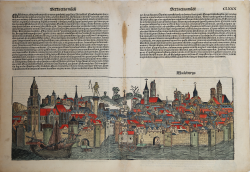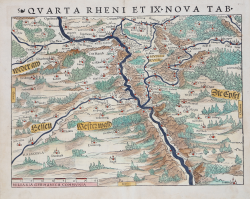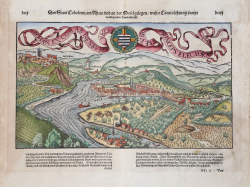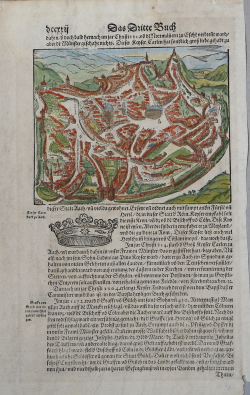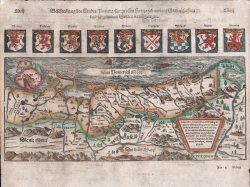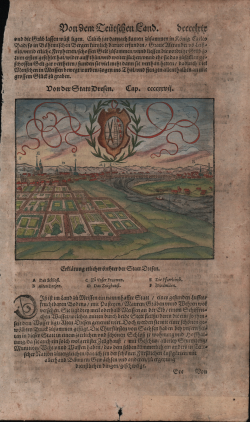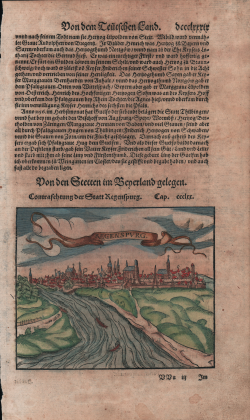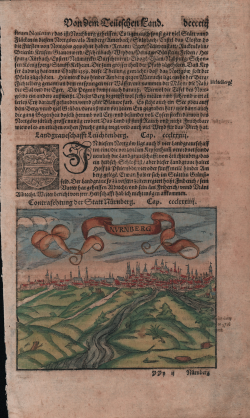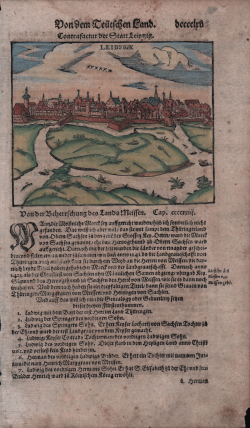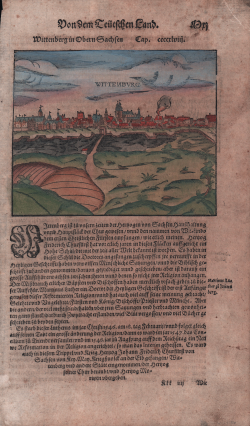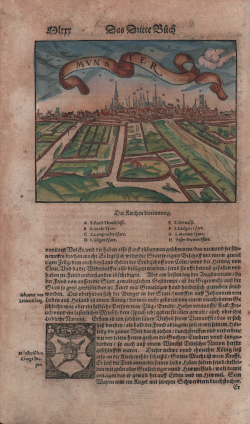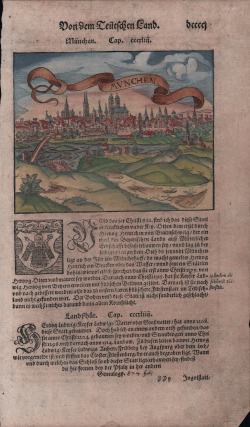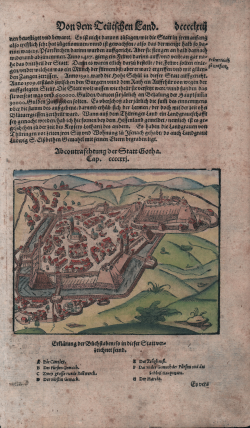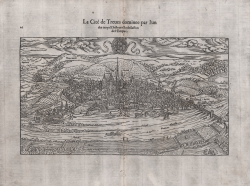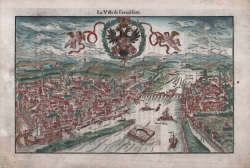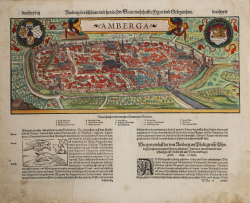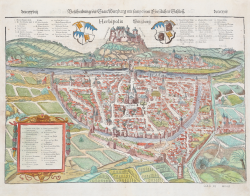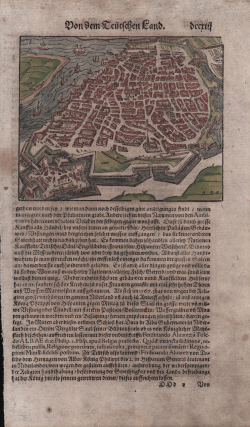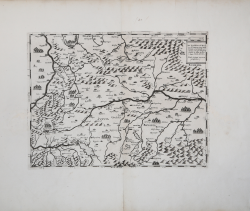Quarta Rheni et IX Nova Tab.
Sebastian Münster
Code:
S4604
Measures:
350 x 270 mm
Year:
1540 ca.
Printed:
Basle
Der Statt Cobolenz am Rhein…
Sebastian Münster
Code:
S4538
Measures:
400 x 270 mm
Year:
1550 ca.
Printed:
Basle
Beschreibung des Landts Pomern / Sampt Allen Hertzogthumben /...
Sebastian Münster
Code:
S46053
Measures:
395 x 305 mm
Year:
1550 ca.
Printed:
Basle
Von der Statt Dresen
Sebastian Münster
Code:
S17007
Measures:
155 x 125 mm
Year:
1550 ca.
Printed:
Basle
Ab contrafehtung Der Statt Gotha
Sebastian Münster
Code:
S17009
Measures:
155 x 125 mm
Year:
1550 ca.
Printed:
Basle
La Cité de Treves domninee pa l'un des troys Electeure...
Guillaume GUEROULT
Code:
S22257
Measures:
330 x 185 mm
Year:
1552 ca.
Printed:
Lyon
La Ville de Franckfort
Guillaume GUEROULT
Code:
S22251
Measures:
300 x 180 mm
Year:
1553
Printed:
Lyon
Beschzeibung Der Statt Wurzburg…
Sebastian Münster
Code:
S4565
Measures:
390 x 275 mm
Year:
1560 ca.
Printed:
Basle
La descrittione del Ducato di Baviera, con gl'altri Dominij...
Paolo FORLANI
Code:
s30338
Measures:
360 x 290 mm
Year:
1566
Printed:
Venice

